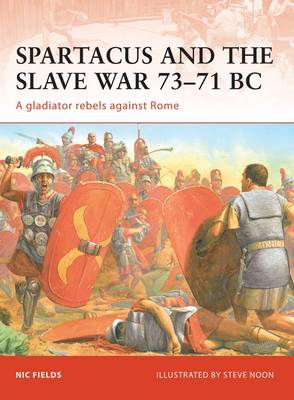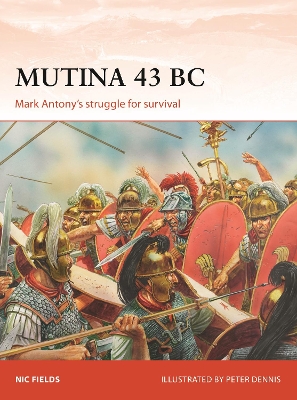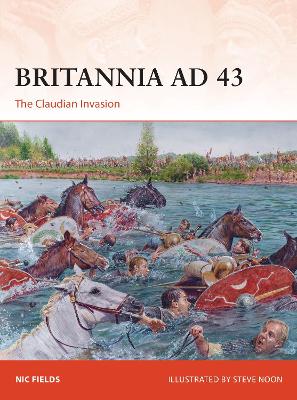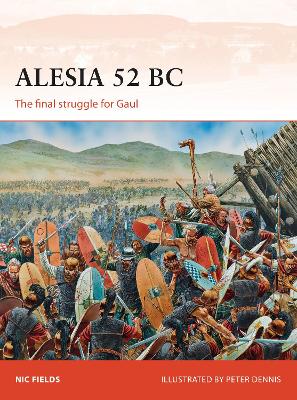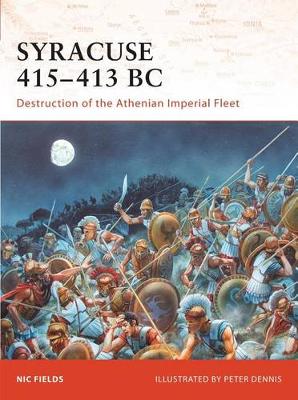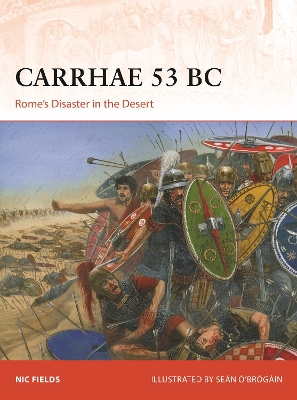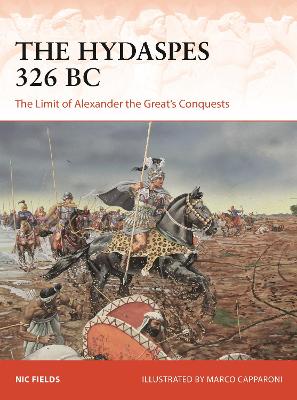Campaign
2 primary works • 11 total works
Book 188
Book 206
These two heirs of Caesar then fought to claim their former mentor's legacy. Fully illustrated with specially commissioned artwork and maps, this is the full story of the battles which would see Octavian move from being a young, inexperienced aristocrat to the dominating figure of Augustus.
To the soldiers crossing the Oceanus Britannicus in the late summer of AD 43, the prospect of invading an island believed to be on its periphery must have meant a mixture of panic and promise. These men were part of a formidable army of four veteran legions (II Augusta, VIIII Hispana, XIIII Gemina, XX Valeria), which had been assembled under the overall command of Aulus Plautius Silvanus. Under him were, significantly, first-rate legionary commanders, including the future emperor Titus Flavius Vespasianus. With the auxiliary units, the total invasion force probably mounted to around 40,000 men, but having assembled at Gessoriacum (Boulogne) they refused to embark. Eventually, the mutinous atmosphere was dispelled, and the invasion fleet sailed in three contingents.
So, ninety-seven years after Caius Iulius Caesar, the Roman army landed in south-eastern Britannia. After a brisk summer campaign, a province was established behind a frontier zone running from what is now Lyme Bay on the Dorset coast to the Humber estuary. Though the territory overrun during the first campaign season was undoubtedly small, it laid the foundations for the Roman conquest which would soon begin to sweep across Britannia.
In this highly illustrated and detailed title, Nic Fields tells the full story of the invasion which established the Romans in Britain, explaining how and why the initial Claudian invasion succeeded and what this meant for the future of Britain.
This new study, based on recent archaeological work on the battlefield itself, tells the full story of one of Hannibal’s greatest victories with the help of maps, full-colour illustrations, and detailed sections on the make-up of the armies and their commanders.
This new study, using specially commissioned artwork and maps, analyses why the Romans were so comprehensively defeated at the Caudine Forks, and explains why the protracted aftermath of their dismal defeat was so humiliating and how it spurred them on to their eventual triumph over the Samnites. With this in mind, this study will widen its focus to take account of other major events in the Second Samnite War.
The Battle of Carrhae is from a heady moment in Roman history – that of the clever carve-up of power between the ‘First Triumvirate’ of Caius Iulius Caesar, Cnaeus Pompeius Magnus and Marcus Licinius Crassus (the Roman general who had famously put down the Spartacan revolt). It is a fascinating tale of treachery, tactics, and topography in which Rome experienced one of its most humiliating defeats at the hands of the Parthians, not far from a trade-route town hunkered down on the fringes of the arid wastes of northern Mesopotamia, sending shock waves through the Roman power structure.
Join classical historian Dr Nic Fields as he draws out the crucial psychological and political factors (including Crassus’ lust for military glory and popular acclaim) that played a key role in this brutal battle. Relive in full detail how, despite being heavily outnumbered, the Parthian general Surena's horsemen completely outmanoeuvered Crassus' legionaries, killing or capturing most of the Roman soldiers. Explore the tactics and techniques of the Parthian horse archers, uncover details of Roman and Parthian equipment and weaponry, and experience the last stand of Publius Crassus, son of Marcus Licinius.

